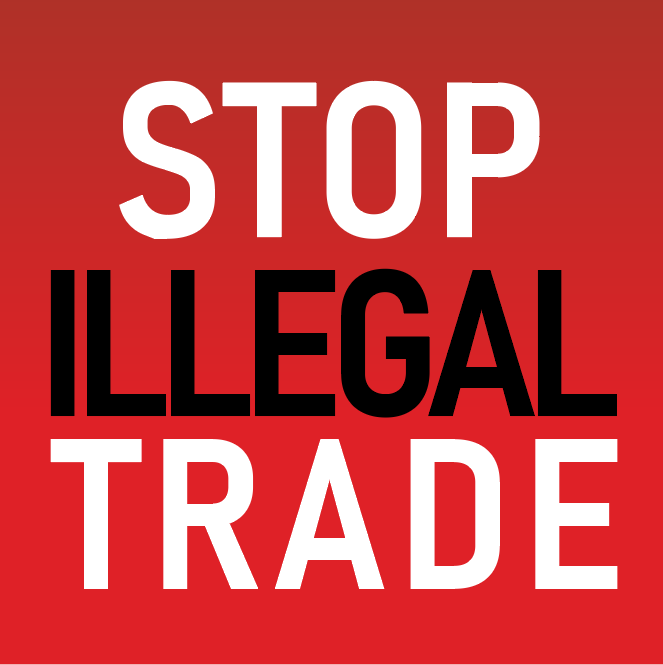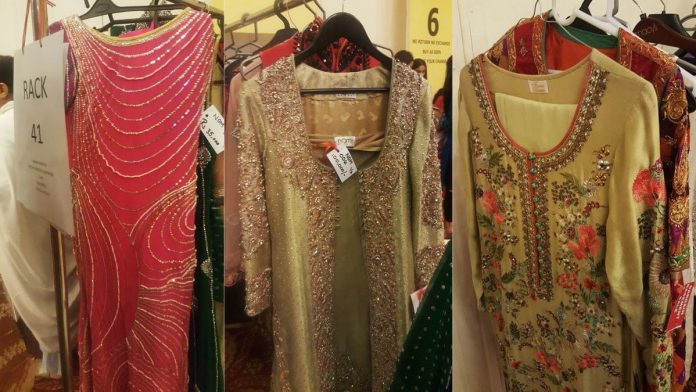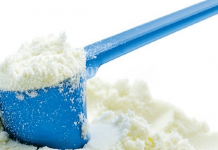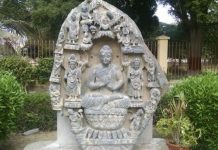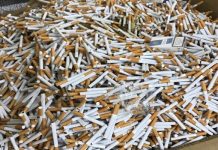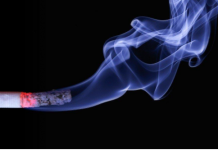The biggest black market in today’s time is the sale of illegal goods. Every-time you come across a haul of fake designer goods you must know that these ‘replicas’ are ruining the original brands’ reputation, stealing revenue from companies and at the same time contributing to an unethical labor market.
From international to our very own Pakistani brands, copies of high-end retailers and designers are flooding the markets. However, what people actually ask is, is there really any harm grabbing a pair of fake ‘Aldo’ slippers or a cheaper version of a Khaadi suit? It may sound a little far-fetched sitting in Pakistan that this cash ends up fuelling a multi-million illegal goods industry and buying into it helps it grow.
Why Choose a Replica?
People love owning replica designer clothes, watches, bags and footwear because they are too costly to own the original brand at their actual selling price. Replicas are being made with extreme precision. Some are made to look like an exact imitation of the original, such that no-one could tell the difference in a glance.
How are Cheap Knock-Offs Flooding the Pakistani Markets?
Local brands like Khaadi, Nishat Linen, Sana Safinaz, Al-Karam, Bonanza Satrangi all have cheap lawn knockoffs that are selling in our local markets and through online Facebook/Instagram pages. One may argue that these are re-sellers but how could they afford to sell them at half the price or sometimes even lesser than that? This is a huge market and ‘first’ and ‘second’ copy designer lawn outfits are available sometimes in shops that also have the original outfit with them for comparison purposes.
Some sellers clearly mention that these are ‘Replicas’
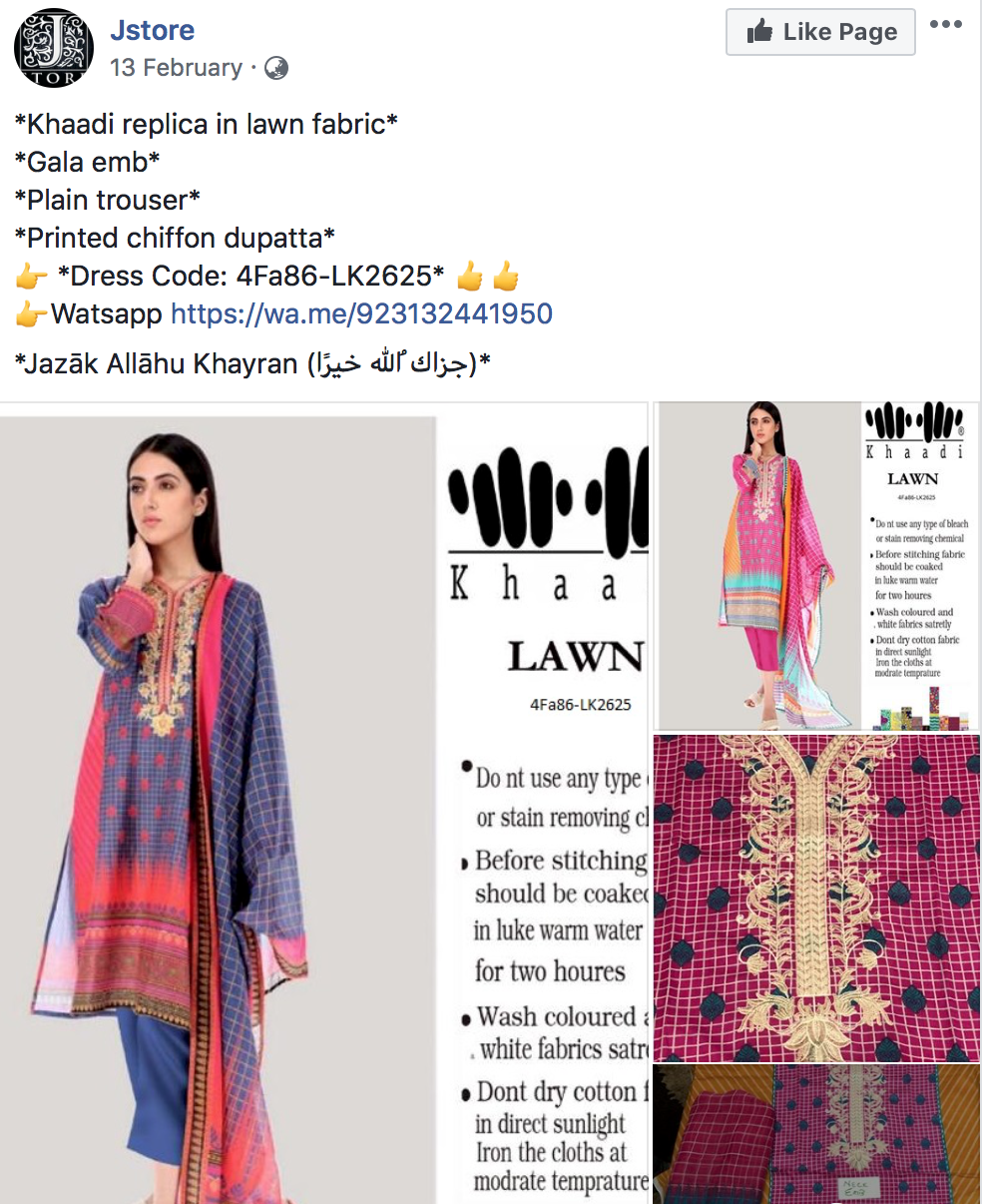
Elan is one of Pakistan’s high-end designer house and as seen below is its cheap knock-off that’s available for only 2,900 rupees.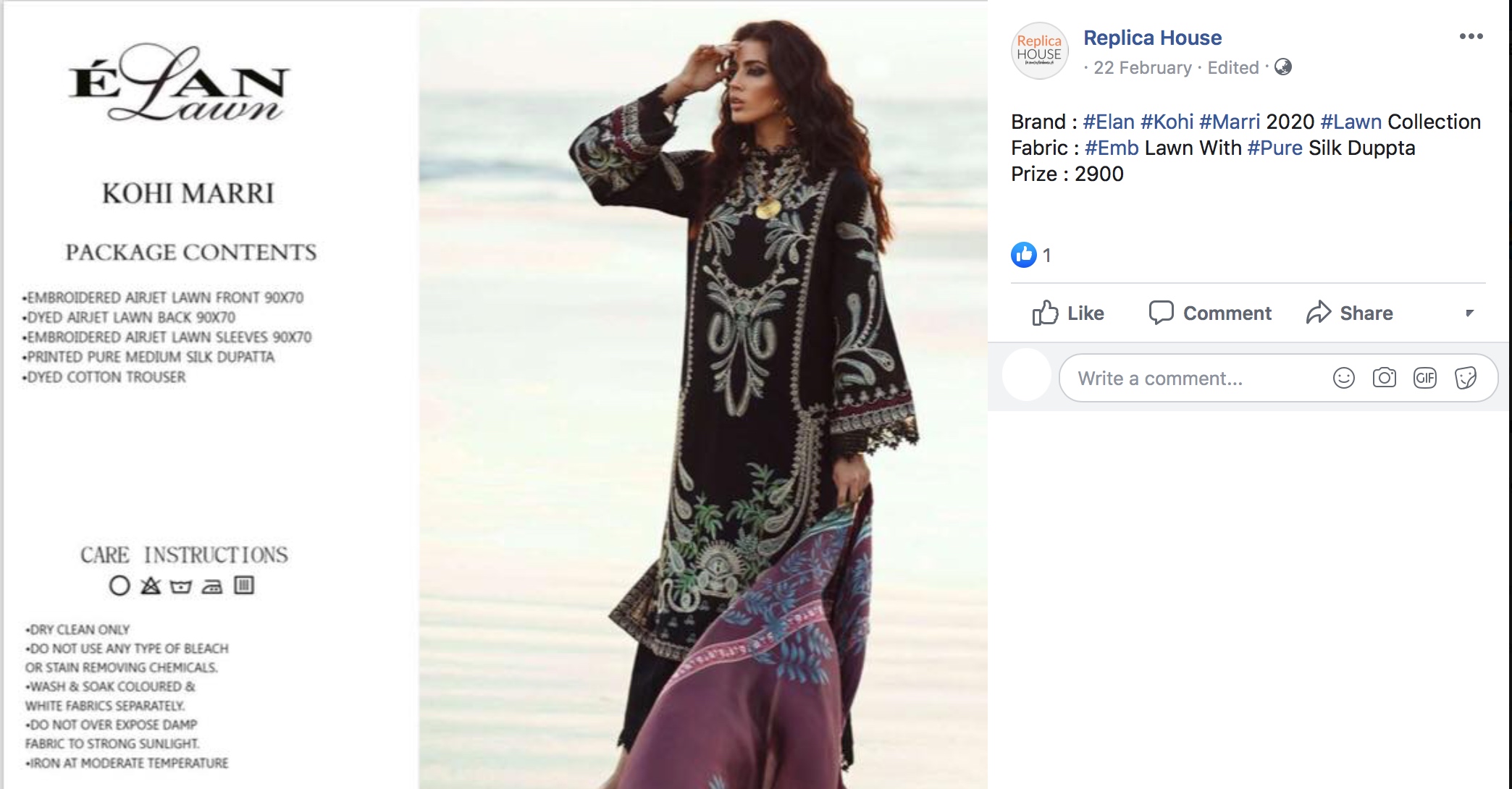
Although not everyone can afford their outfits, selling fake outfits is definitely not justified. This facebook page has a following of about a whopping 43,000 followers! Multiplied by the countless number of accounts selling these cheap knock-offs, that amounts to an equally huge replica industry being conducted on the side.
These fake goods are stealing hard earned money spent by designers who come up with these gorgeous bespoke designer wear only to have them copied and further sold for less than half of their original amount.
This Maria.B embellished Saree is quoted as, “Same as per Original, all embroidery and accessories as per original.” This knock-off has also used similar packaging of the product which makes it even harder to tell whether it actually is an original or an imitation.
Check out the video below to see what a first copy of a local brand looks like in detail:
How to spot the difference between a Fake and an Original?
-
Price
In the local market, it is a little easier to differentiate because sellers are quoting the replicas at an extremely low price. Any informed person would know that an Elan embroidered lawn outfit would not be selling for 2,900 rupees.
2. Quality
The difference in the overall quality will highly differ, from the material of the outfit to the embellishments used, and the embroidery too would be of a lower quality.
3. Design
Sometimes designs are copied to the T but there will always be a slight difference if you look closely.
4. Packaging
Although the illegal goods industry has become smarter and are able to replicate the packaging but a minute detail can point out the original from the fake. Logos, emails or phone numbers mentioned on the labels could help you differentiate.

